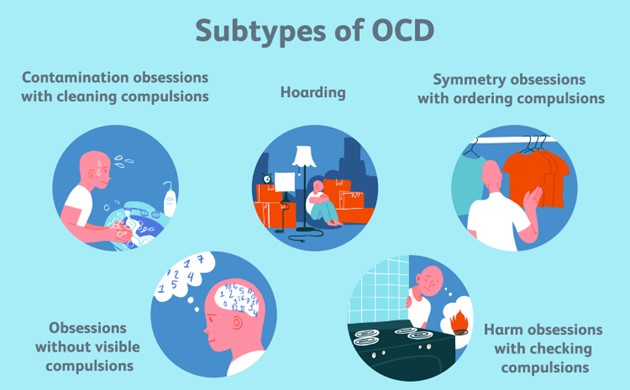A nurse on an acute care mental health unit is caring for a client who has generalized anxiety disorder. The client received an upsetting telephone call and is now rapidly pacing the corridors of the unit. Which of the following actions should the nurse take?
Allow the client to pace alone until physically tired.
Walk with the client at a gradually slowing pace.
Ask a small group of other clients to walk with the client.
Calmly instruct the client to stop pacing and sit in the dayroom.
The Correct Answer is B
The nurse should walk with the client at a gradually slowing pace when caring for a client with a generalized anxiety disorder who is rapidly pacing the corridors of the unit. This intervention provides the client with support and helps to prevent the client from becoming overwhelmed or getting injured. Allowing the client to pace alone until physically tired.
choice A can increase the sense of isolation and anxiety. Asking a small group of other clients to walk with the client.
choice C may be inappropriate or even harmful in some cases. Calmly instructing the client to stop pacing and sit in the dayroom.
choice D can be perceived by the client as dismissive and may escalate the anxiety level. The nurse should work with the client and their family to develop an individualized plan of care that meets the client's needs and goals.
Nursing Test Bank
Naxlex Comprehensive Predictor Exams
Related Questions
Correct Answer is D
Explanation
Accompany the client when ambulating. The nurse’s priority when caring for a client with alcohol use disorder and who is experiencing withdrawal symptoms is to prevent harm to the client. Physiologic manifestations of alcohol withdrawal syndrome include seizures, delirium tremens (DTs), and hallucinations. Therefore, ensuring the client’s safety is of the utmost importance. Accompanying the client when ambulating is the priority intervention as alcohol withdrawal may lead to ataxia, weakness, and dizziness which may lead to falls.
Choice A, placing the client in a private room, does not address the client’s physical needs.
Choice B, determining the client's level of disorientation, is something necessary to assess but not the priority.
Choice C, padding the side rails of the bed with towels, is not the priority intervention, and contributes little to the prevention of falls.
Correct Answer is A
Explanation
As clients with obsessive-compulsive disorder (OCD) often demonstrate repetitive behaviors to decrease anxiety. Cleaning or other repetitive behaviors help the client with OCD to cope with their anxiety by providing a sense of control over their environment.
 Choice B, the client's wish to decrease the time available for interaction with others, is not a characteristic of OCD and does not explain the client's behavior. Choice C, the client's unconscious need to manipulate others, is a personality trait that is not associated with OCD.
Choice B, the client's wish to decrease the time available for interaction with others, is not a characteristic of OCD and does not explain the client's behavior. Choice C, the client's unconscious need to manipulate others, is a personality trait that is not associated with OCD.
Choice D, the client's delusion that cleaning is necessary, is not an accurate explanation for the behavior in this situation as the client is aware of their excessive cleaning behavior and it is not a delusion. The repetitive behavior is related to the client's anxiety, not a delusional belief.
Whether you are a student looking to ace your exams or a practicing nurse seeking to enhance your expertise , our nursing education contents will empower you with the confidence and competence to make a difference in the lives of patients and become a respected leader in the healthcare field.
Visit Naxlex, invest in your future and unlock endless possibilities with our unparalleled nursing education contents today
Report Wrong Answer on the Current Question
Do you disagree with the answer? If yes, what is your expected answer? Explain.
Kindly be descriptive with the issue you are facing.
